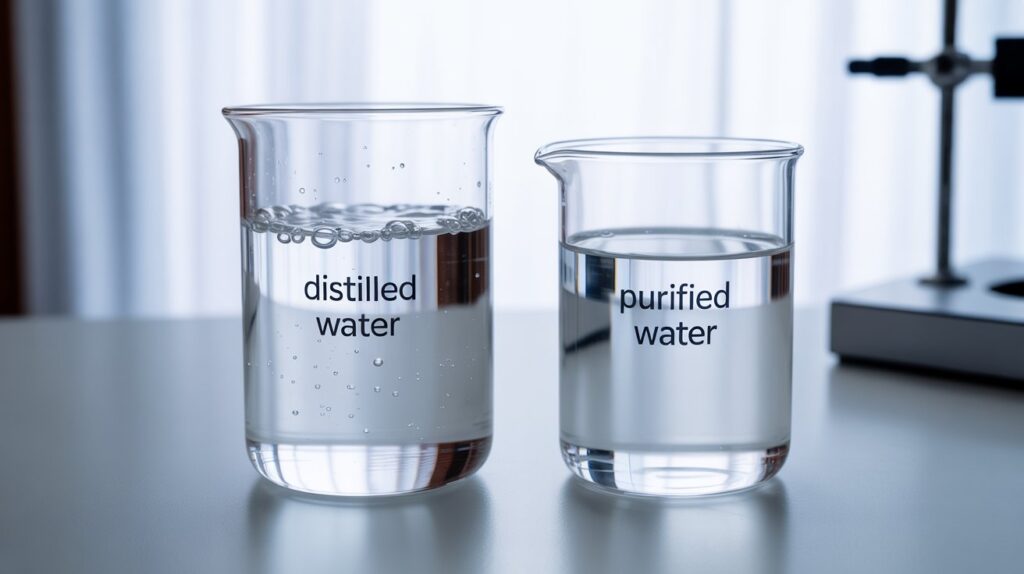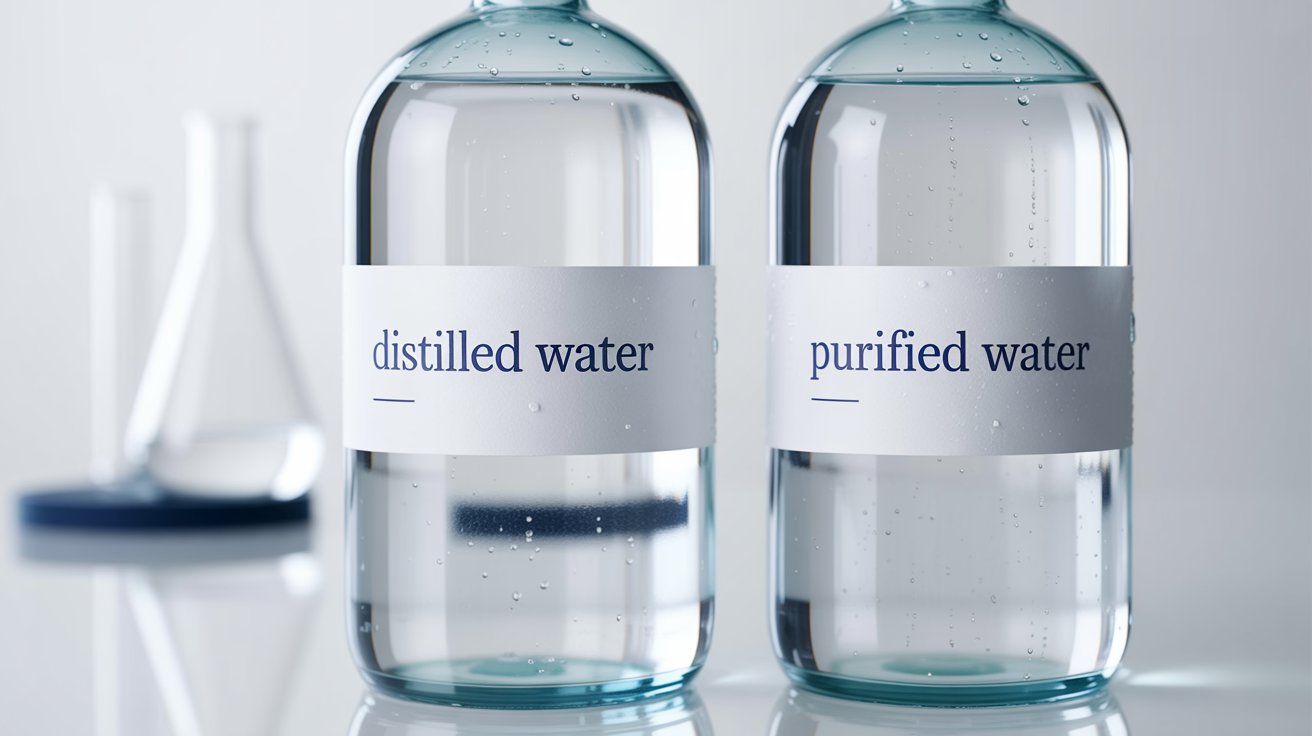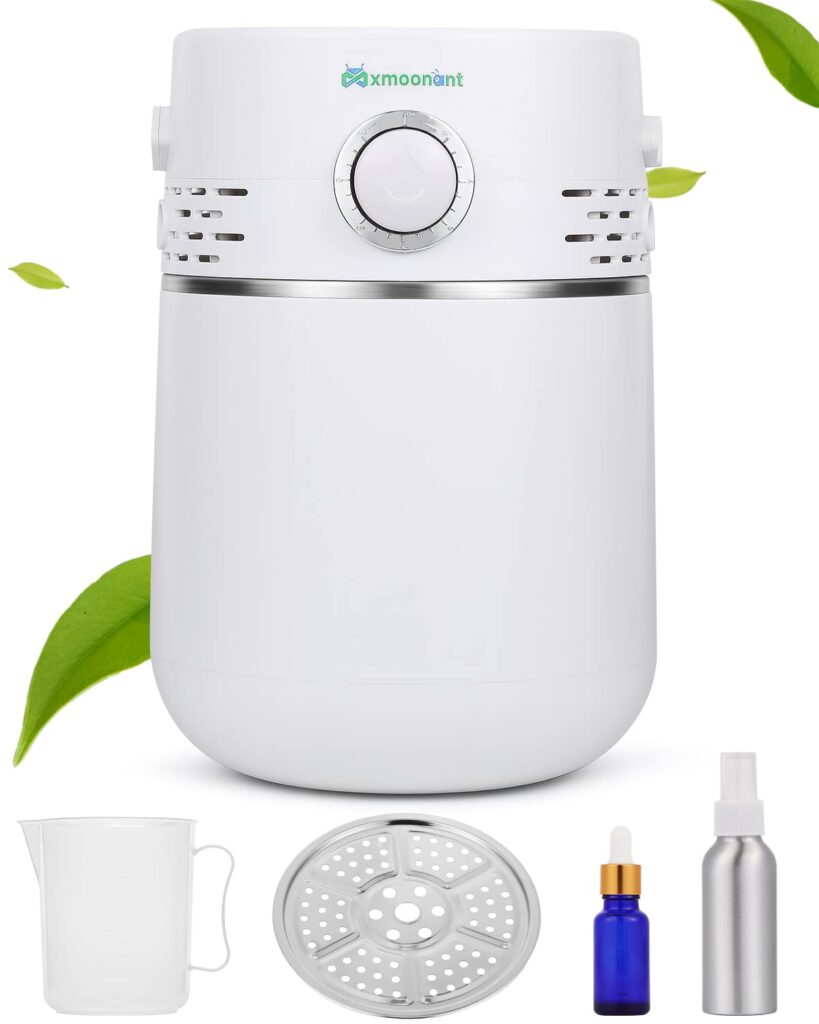When it comes to understanding the differences between bottled water and tap water, it’s important to consider the source and treatment process of each. Bottled water is typically sourced from natural springs, wells, or municipal water supplies, and then undergoes a filtration and purification process before being bottled and sold. On the other hand, tap water is sourced from local municipal water supplies and undergoes a rigorous treatment process to ensure it meets safety standards before being distributed to homes and businesses.
Bottled water is often marketed as being cleaner and safer than tap water, but in reality, both types of water must meet strict safety and quality standards set by regulatory agencies. While bottled water may have a more consistent taste and purity due to the filtration and purification process it undergoes, tap water is subject to regular testing and monitoring to ensure it is safe for consumption. It’s also important to consider the environmental impact of bottled water, as the production and transportation of plastic bottles can contribute to pollution and waste.
Health Benefits and Risks
When it comes to the health benefits and risks of bottled water versus tap water, there are a few key factors to consider. Bottled water is often perceived as being cleaner and safer than tap water, but in reality, both types of water must meet strict safety and quality standards set by regulatory agencies. While bottled water may have a more consistent taste and purity due to the filtration and purification process it undergoes, tap water is subject to regular testing and monitoring to ensure it is safe for consumption.
One potential health risk associated with bottled water is the presence of microplastics, which can leach into the water from the plastic bottles themselves. Additionally, the production and transportation of plastic bottles can contribute to pollution and waste, further impacting environmental and human health. On the other hand, tap water may contain trace amounts of contaminants such as lead or chlorine, but these levels are typically well below safety standards set by regulatory agencies. It’s also important to consider the potential health benefits of tap water, as it often contains essential minerals such as calcium and magnesium that are beneficial for overall health.
Environmental Impact
The environmental impact of bottled water versus tap water is a key consideration when making a choice between the two. Bottled water production requires significant amounts of energy and resources, including the extraction of water from natural springs or wells, the manufacturing of plastic bottles, and the transportation of the finished product. This can contribute to pollution, greenhouse gas emissions, and waste, making bottled water a less sustainable option compared to tap water.
In contrast, tap water has a lower environmental impact as it is sourced from local municipal water supplies and distributed through existing infrastructure. While there are still energy and resources required for the treatment and distribution of tap water, it is generally a more sustainable option compared to bottled water. Additionally, choosing tap water over bottled water can help reduce plastic waste and pollution, as well as conserve natural resources such as groundwater.
Taste and Purity
When it comes to taste and purity, there are some key differences between bottled water and tap water. Bottled water often undergoes a filtration and purification process to remove impurities and improve taste, resulting in a more consistent and clean flavor compared to tap water. This can make bottled water a preferred choice for those who are sensitive to the taste or odor of tap water.
On the other hand, tap water may contain trace amounts of contaminants such as lead or chlorine, but these levels are typically well below safety standards set by regulatory agencies. While some people may perceive tap water to have a less desirable taste compared to bottled water, others may prefer the natural flavor and mineral content of tap water. It’s also important to consider that the taste and purity of tap water can vary depending on the local source and treatment process, so it’s important to be aware of any potential contaminants in your area.

Uses and Applications
Both bottled water and tap water have a wide range of uses and applications beyond drinking. Bottled water is often used for convenience in situations where access to clean drinking water may be limited, such as during travel or outdoor activities. It can also be used for cooking, making beverages, or as an ingredient in various products. However, the use of bottled water can contribute to plastic waste and pollution, making it important to consider more sustainable alternatives.
Tap water is widely used for drinking, cooking, bathing, cleaning, and various industrial processes. It is also used for irrigation in agriculture, firefighting, and recreational activities such as swimming pools and fountains. Tap water is an essential resource for daily life and plays a critical role in public health, sanitation, and economic development. By choosing tap water over bottled water whenever possible, individuals can help reduce plastic waste and conserve natural resources.
Cost and Accessibility
Cost and accessibility are important factors to consider when comparing bottled water and tap water. Bottled water is widely available for purchase at grocery stores, convenience stores, vending machines, and online retailers. It is often marketed as a convenient and portable option for those on the go, but it can also be more expensive compared to tap water. The cost of bottled water can add up over time, especially for those who rely on it as their primary source of drinking water.
In contrast, tap water is generally more affordable and accessible compared to bottled water. It is available for free or at a low cost through local municipal water supplies, making it a cost-effective option for daily hydration. Tap water is also readily available in homes, businesses, public facilities, and outdoor spaces through drinking fountains or refill stations. By choosing tap water over bottled water, individuals can save money and reduce their environmental impact.
Making the Right Choice
When it comes to making the right choice between bottled water and tap water, there are several factors to consider. It’s important to weigh the differences in taste, purity, health benefits, environmental impact, uses, cost, and accessibility before making a decision. While bottled water may offer convenience and perceived purity, it can contribute to plastic waste and pollution. On the other hand, tap water is generally more sustainable and affordable, but it may vary in taste and purity depending on the local source and treatment process.
Ultimately, choosing tap water over bottled water whenever possible can help reduce plastic waste, conserve natural resources, and support public health initiatives. By using reusable bottles or investing in home filtration systems, individuals can enjoy clean drinking water without relying on single-use plastic bottles. It’s also important for communities to invest in sustainable infrastructure for safe drinking water access for all. Making informed choices about our drinking water can have a positive impact on our health, environment, and future generations.



